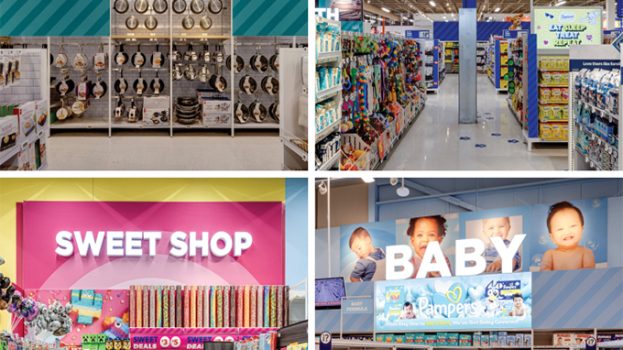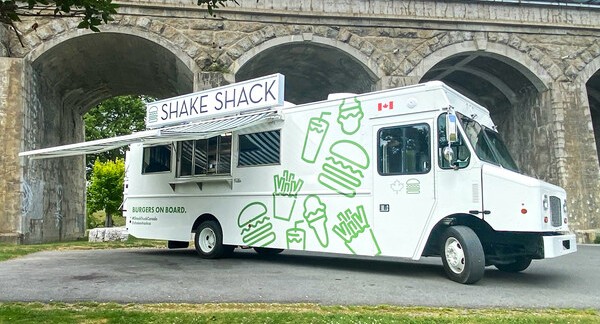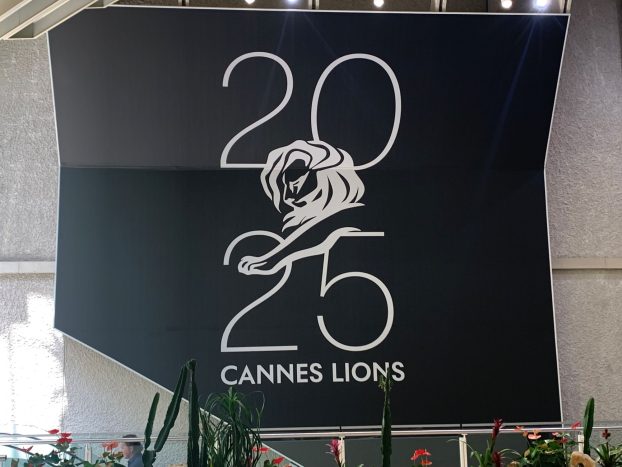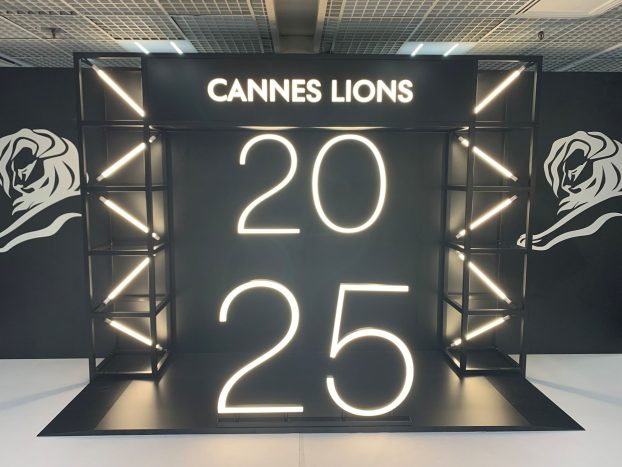
Coca-Cola is promising to continue to connect with consumers through experiences and digital engagement, as the company topped analyst sales estimates this quarter.
The beverage maker is reporting revenue of $10.85 billion vs. an expected $10.68 billion, while its fourth-quarter net income of $1.97 billion is down from $2.03 billion a year earlier. A company statement said Coca-Cola is “leveraging its marketing transformation to build globally scaled marketing platforms tailored to local consumers.”
In its earnings call, James Quincey, the company’s chairman and CEO, says consumer spending is “holding up well” in North America, and that Coca-Cola has shifted its marketing to become a digital-first organization, while in-store and shopper marketing activations helped drive incremental retail sales.
Quincey also praised the flexibility and efficiency of Studio X, the bespoke agency network set up by WPP for Coca-Cola. It used to take several months to create a TV ad, Quincey noted, but now the company is producing “thousands” of contextually relevant digital advertising spots.
“We’re engaging differently with consumers,” he says, adding that digital is currently 60% of the company’s total media spend.
In the company’s fourth quarter, “The World Needs More Santas” holiday campaign was executed across more than 80 markets. The company also leveraged the success of its first AI-based platform, “Create Real Magic”, by inviting consumers to create sharable, digital greeting cards featuring iconic brand assets such as cherished depictions of Santa Claus and the Coca-Cola polar bear.
Its marketing approach is paying off, Quincey says. Brand value, according to Kantar numbers, increased $8 billion to place the company 10th in global brand value rankings. Part of this uptick in valuation is attributable to the company’s innovation portfolio. Quincey cited the success of Coca Cola Zero Sugar, with volume growing 5% in 2023, adding that the company is applying learnings to drive taste superiority.























